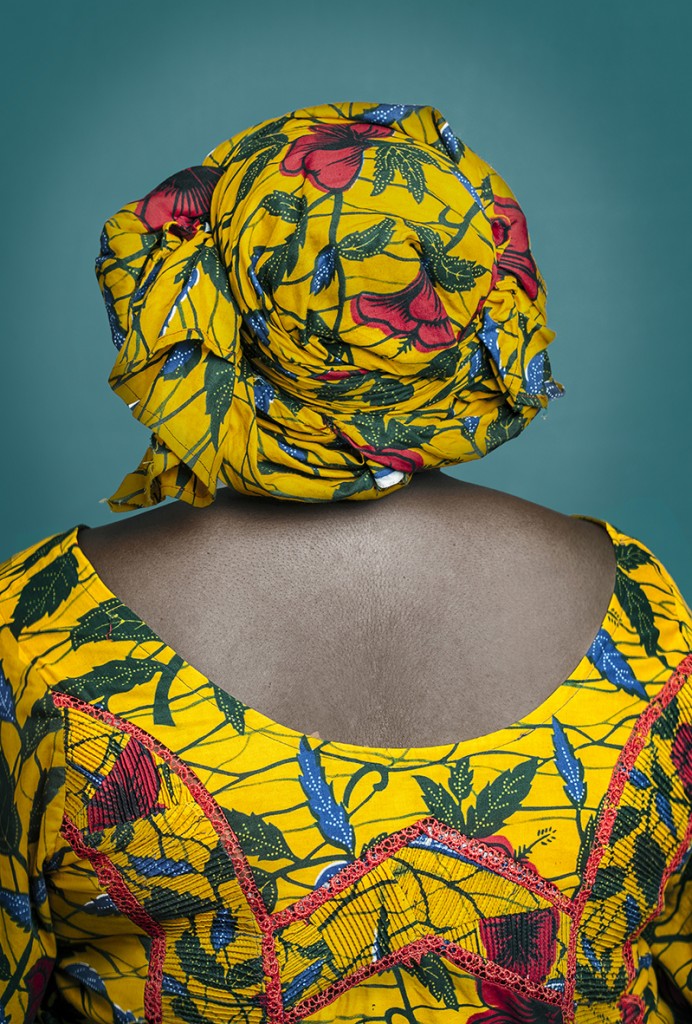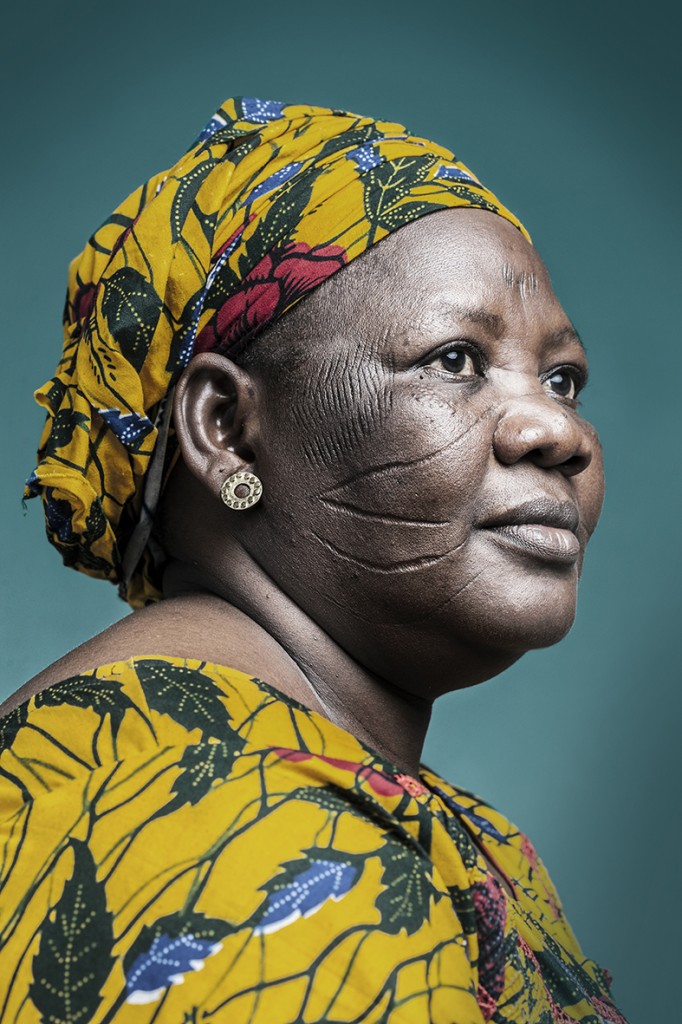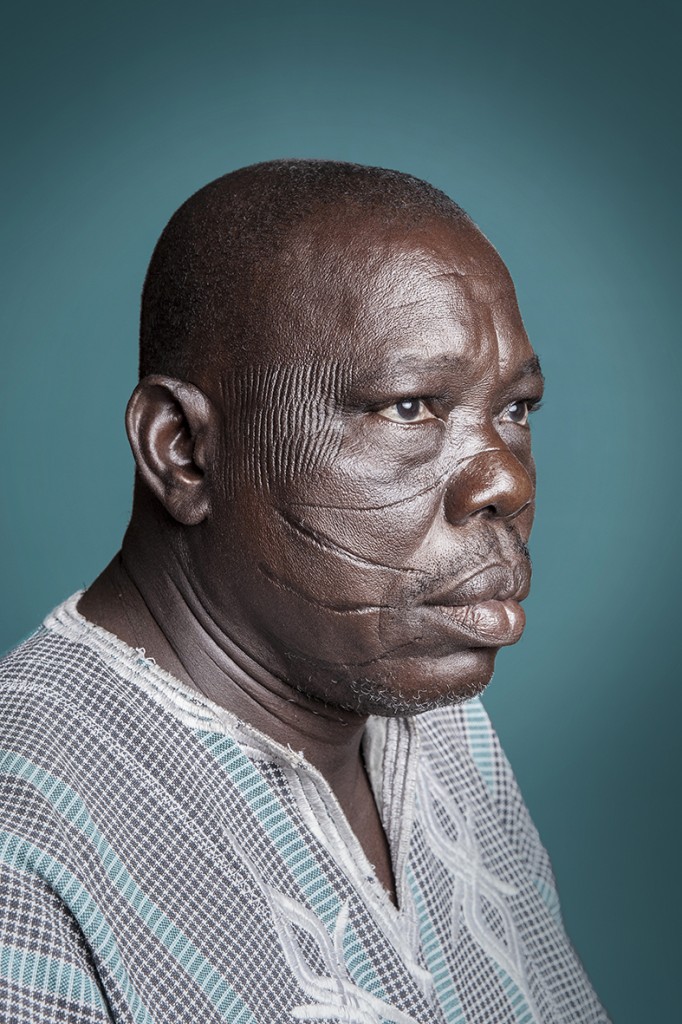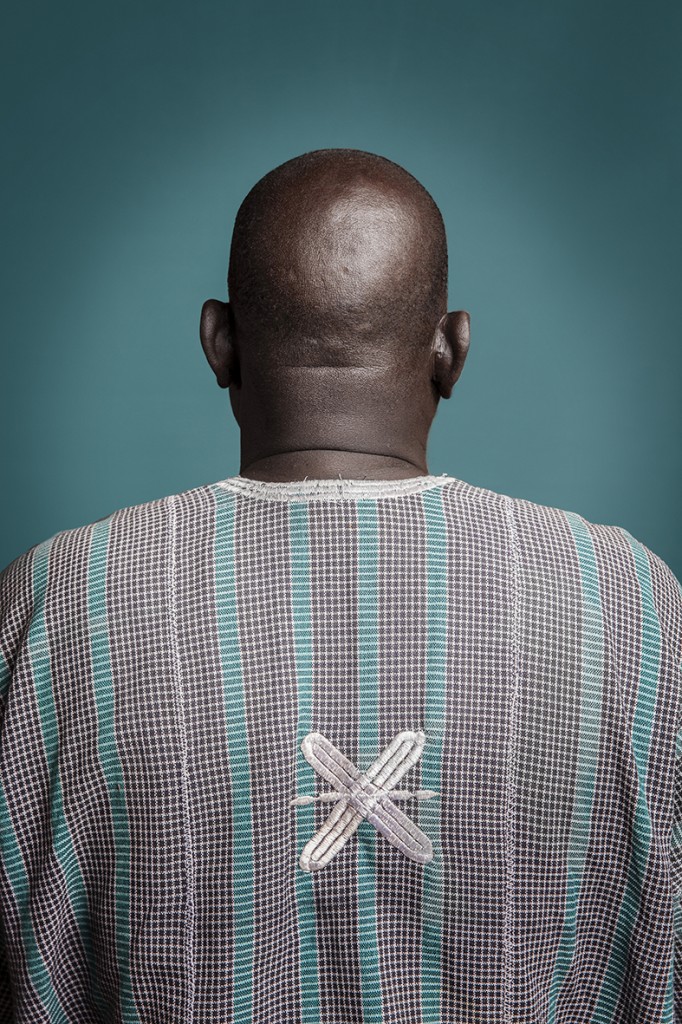A second reading
African photography is on the rise. Following decades of photographic misrepresentation by observers from outside the continent, African photographers are now showing the world what they see through their lens. This is Africa spotlights them in a series of interviews.
“Prejudices motivate me”, says Joana Choumali. The photographer from Ivory Coast wants to change opinions of people who have a wrong view on the African continent in general and her home country in specific. “I cannot force a person to change his or her views, but I can take it to reflect, interact, draw conclusions by herself. I like the answers to my photographs to come from a person who sees my work. Living and working in the capital Abidjan, where she also studied at an art school and before worked as art director for an advertising agency, she is now fully focussed on photography. “It allows me to express myself, talk about my country, my generation and my continent ‘from the inside’. I often speak about identity because it is a subject close to my heart; it often comes to my mind.”
Hââbré
Joana gets her inspiration from conversations, the news and life in general – the past, present and future. She likes to have a ‘second reading’ of what is happening around her. “How an event affects those around me, how to translate that into my work, ask questions, seek answers” she explains. Her latest photographic series ‘The Last Generation’ for example shows portraits of the ‘last generation’ of scarified people in Abidjan. The series questions identity in a contemporary Africa torn between its past and present. “In the Kô language of Burkina Faso the word Hââbré means both writing and scarification. Scarification is the practice of performing a superficial incision on human skin. This practice is disappearing due to pressure from religious and state authorities, changing urban practices and the introduction of clothing within tribes. Nowadays only the older people have scarifications. While conducting my research, the majority of images I could find were from the beginning of the 20th century, and only a few contemporary images. I also had trouble finding scarified people to photograph because of their rarity.”
Immigrants
This series of portraits leads us to question the link between past and present, and how self-image shifts depending on environment. The sometimes conflicting opinions of our witnesses illustrate the complexity of African identity today in a contemporary Africa torn between its past and its future. This ‘last generation’ of people bearing the imprint of the past on their faces went from being the norm and having a high social value to being somewhat ‘excluded’. “They are the last witnesses of an Africa of a bygone era”, Joana says. It’s a prime example of her work being imbued with sensitivity and emotion.
The series might have been about immigrants from Burkina Faso, but there is certainly a link with Ivory Coast. “They lived in Abidjan for so long that they consider themselves as Abidjanese. But these scarifications kept telling them that they are from another place, another time. My point was really to collect of the testimony of these persons who have left their village and who are settled in this city to work. Ivory Coast is a country of immigration, yet several people told me that they had been the target of bullying, mocking the fact of their scarring. These people had to integrate as they can to the Ivorian society and more specifically Abidjan which is recognized as being one of the largest African metropolises.”
Expression
Even if the subject is delicate and can create discomfort around her , it does not stop Joana to keep on shooting. She works in Ivory coast as well as abroad and doesn’t questions herself about the location. “If I feel the need, I work wherever I can. I have no preference, it just depends on my subject.” She explains that more and more young Ivorians are interested in photography and the market therefore becomes more busy. “I think the first reason is a desire of expression, of recognition through this form of art. Next to that the internet allows young African photographers to access more information on photography and art in general. This definitely opens possibilities, but the access to professional equipment is still limited. Hopefully this will change in the future, to help more upcoming talent reach the audience they deserve.”
Read the original article on This is Africa












